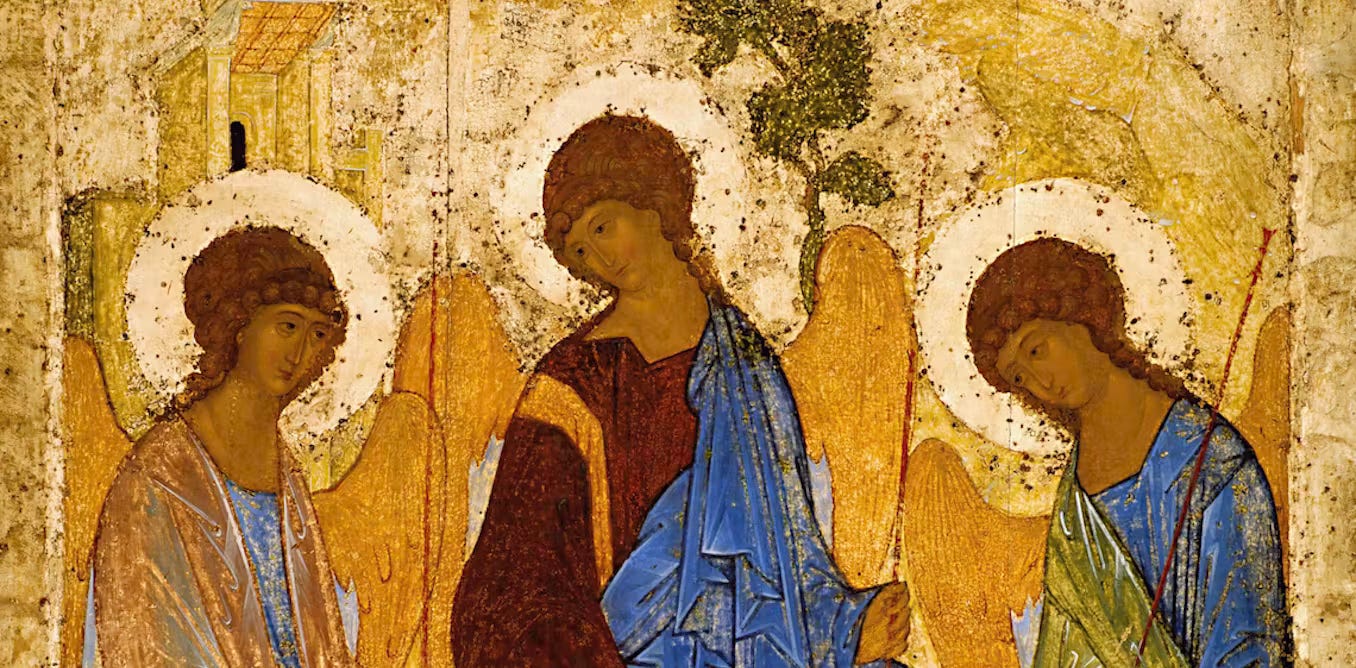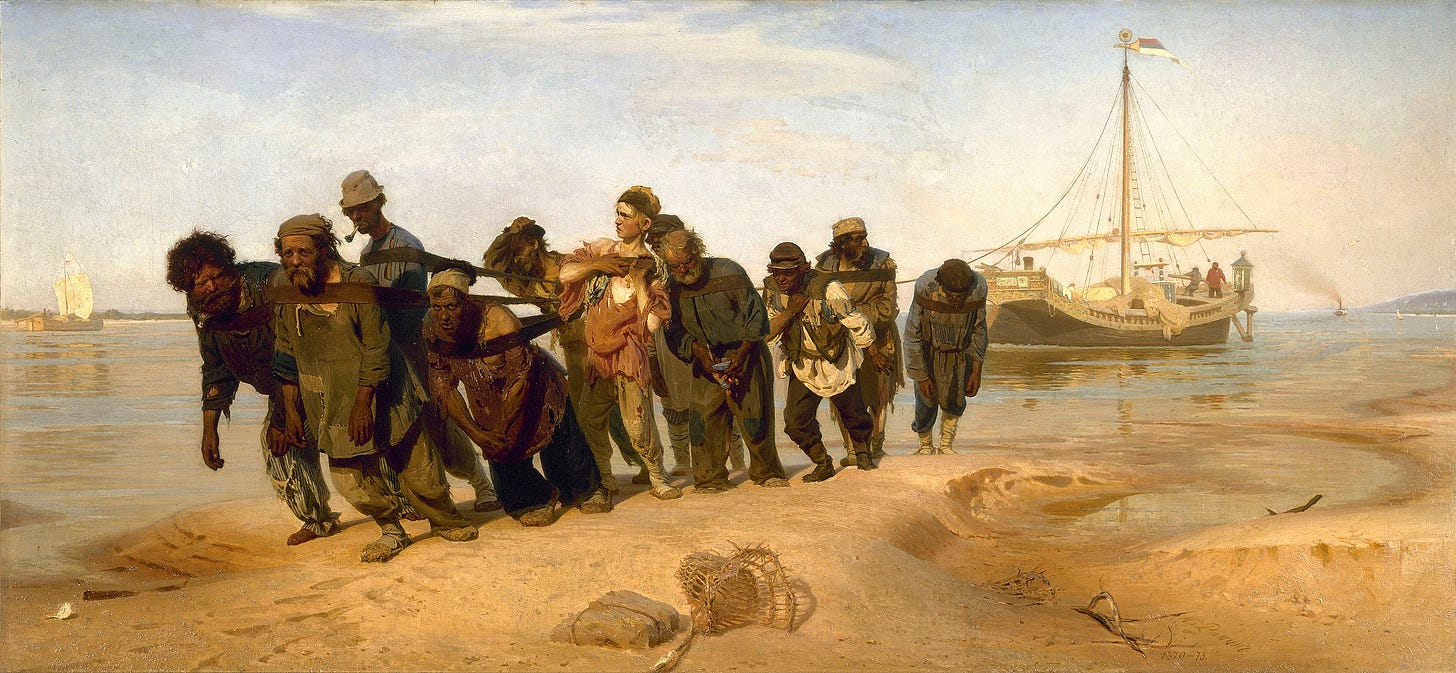Between Continents, Between Identities
Due to its geographical and cultural position, Russia belongs to both Europe and Asia, symbolizing a bridge between the two continents. However, this bridge carries a significant negative consequence: the ongoing debate over whether Russia is fundamentally European or Asian in its roots and identity. As a result, Eurasianism continues to play a decisive role in shaping the ruling elite’s strategies of governance and geopolitics. This persistent duality often extends to the country’s political, social, and cultural landscape.
From a cultural perspective, Russia has been an integral part of European artistic and literary life for centuries. However, its political system has diverged significantly from Western European state development. For instance, while absolutism in Western Europe contributed to the dissolution of social orders, in Russia, these structures became power allies of the Tsar. Nevertheless, Russian culture is among the most influential forces in European intellectual history, even in periods when it defined itself in opposition to the Old Continent. (Or perhaps, precisely because of this?)
Icons, Shadows, and the Weight of History
Orthodox Christianity, rooted in Byzantine traditions, has profoundly shaped Russian art, architecture, and religious life. Icon painting, Orthodox church music, and liturgical texts all trace their origins to the Byzantine heritage. The 19th century marked an even more significant era in Russian cultural development, as it saw the emergence of Russian realism, one of the most important literary movements in world literature. Writers such as Fyodor Mikhailovich Dostoevsky, Lev Nikolayevich Tolstoy, Anton Pavlovich Chekhov, and Nikolai Vasilyevich Gogol not only influenced Russia but left an indelible mark on every corner of Europe.
The narrative style characteristic of Russian realists deeply explored the boundlessness of oppressed souls and social injustices. It created a world devoid of the idealization found in Romanticism, rejecting sentimentality and glorification. Its central theme was human suffering. This suffering was derived from social processes, paving the way for an introspective examination of the human psyche, a perspective that had been relatively uncommon before. And while realism produced masterpieces across Europe, Russian literary depth stood out among them.
"If God does not exist, then everything is permitted." — Dostoevsky
Of course, Russian realism was not limited to literature; its impact extended to painting as well. The works of Ilya Yefimovich Repin, for instance, vividly depicted inner struggles, the tension between oppression and freedom, and the profound vulnerability of human existence. This naturally raises the question: why were Russian artists able to portray human suffering so authentically and profoundly?
The Power That Shapes Art
The answer lies in the same force that shaped Central and Eastern European grotesque literature: power. Despite its vast territory, Russia has a remarkably low population density, with scattered, multiethnic communities. To maintain unity in a state that could easily fragment along ethnic lines, a form of despotic rule has always been required—one that differs significantly from European states and aligns more closely with Eastern models of governance.
From a realist perspective, the primary focus must be on Tsarism, though later forms of governance, despite their varying manifestations, continued to embody the same oppressive and despotic rule that has long defined Russia. Under the Tsarist system, central authority extended into every aspect of life. The majority of society consisted of serfs, who lived in extreme subjugation for centuries. The inhumane working conditions and the hopelessness of their situation cast a long shadow not only over the serfs themselves but also over the lower social classes, such as minor clerks, the chinovniks. This created deep psychological scars, which, over time, did not merely affect individual generations but became ingrained in the very fabric of society, making oppression an organic part of the national psyche. Consequently, authoritarianism extended beyond the state into smaller social units, such as bureaucracies and even family life. The spirit of the nation permeates everything it touches, shaping culture itself. It was into this national psyche and culture that the greatest Russian artists of the 19th century were born.
Suffering as Art, Art as Protest
The transformation of suffering into artistic greatness is not unique to Russian literature—it is, in fact, common. However, Russian realism serves as a prime example of how social oppression can give birth to a profound pain, whose expression on paper creates an entirely new world. This new world is not merely a faithful reflection of reality but also an exploration of deeper truths, revealing the intricate connections between the human soul and societal structures. The works of Russian realists are not just stories; they are agonizing cries from the past.
The legacy of Russian realism, therefore, is not merely a literary treasure—it is a testament to universal human experience.





